In the world of investing, one of the ongoing debates is the relative merits of active versus passive investing. Both approaches have their own advantages and disadvantages, and the choice between the two depends on individual investment goals, risk tolerance, and market outlook. This article explores the importance of active and passive investing, helping you understand which strategy might be best for your portfolio.
Understanding Active Investing
Active investing involves making specific investments with the goal of outperforming a benchmark index. Active investors rely on analytical research, forecasts, and their own judgment to buy and sell securities.
Benefits of Active Investing
1. Potential for Higher Returns: Active investors aim to beat the market. With thorough research and strategic trades, it’s possible to achieve superior returns compared to a benchmark index.
2. Flexibility: Active investors can quickly respond to market changes, economic news, and emerging opportunities.
3. Risk Management: By selectively picking securities and diversifying holdings, active investors can tailor their portfolios to manage risks effectively.
Challenges of Active Investing
1. Higher Costs: Active investing typically involves higher fees, including management fees, transaction costs, and taxes, which can erode overall returns.
2. Complexity: Active investing requires extensive research, analysis, and continuous monitoring of the market, making it time-consuming and complex.
3. Performance Variability: There’s no guarantee that active managers will outperform the market. In fact, many fail to consistently do so over the long term.
Understanding Passive Investing
Passive investing aims to replicate the performance of a specific index or benchmark, such as the S&P 500, by holding the same securities in the same proportions as the index.
Benefits of Passive Investing
1. Lower Costs: Passive investing generally involves lower fees, as it requires less research and trading activity. This cost efficiency can significantly enhance long-term returns.
2. Simplicity: Passive investment strategies are straightforward and require less time and effort to manage compared to active strategies.
3. Consistent Performance: Passive investments are designed to match market performance, making them less susceptible to the variability and underperformance risk associated with active management.
Challenges of Passive Investing
1. Limited Flexibility: Passive investment strategies are not designed to respond to market changes or capitalize on short-term opportunities.
2. Tracking Error: Although passive funds aim to replicate index performance, minor discrepancies can still occur due to fees and other factors.
3. Market Exposure: Passive investors are fully exposed to market movements, for better or worse. There’s no opportunity to outperform during market downswings.
Comparing Active and Passive Investing
Performance
– Active Investing: Historically, the performance of active managers has been mixed. While some have consistently outperformed their benchmarks, many have failed to do so, particularly after accounting for fees and expenses.
– Passive Investing: Passive strategies have generally provided consistent returns that closely track benchmark indices, benefiting from lower costs and reduced uncertainty.
Cost
– Active Investing: Active management involves higher fees and costs, which can eat into returns. These include management fees, transaction costs, and taxes on capital gains.
– Passive Investing: Passive strategies typically have lower expense ratios, as there is less trading and research involved. This cost advantage can compound over time, enhancing overall returns.
Risk
– Active Investing: Active managers can adjust their portfolios to react to market conditions, potentially reducing risk. However, this also introduces the risk of poor investment decisions and market timing.
– Passive Investing: Passive investors accept market risk and avoid the complexities of market timing. While they may experience the full brunt of market downturns, they also benefit fully from upswings.
Which Strategy is Right for You?
The choice between active and passive investing depends on various factors, including your investment goals, risk tolerance, time horizon, and preference for simplicity versus potential for outperformance.
– Consider Active Investing If:
– You seek potential for higher returns and are willing to pay higher fees.
– You have confidence in your or your manager’s ability to outperform the market.
– You prefer a dynamic approach to managing market risks and opportunities.
– Consider Passive Investing If:
– You prioritize lower costs and consistent, market-matching returns.
– You prefer a straightforward and less time-consuming investment strategy.
– You are comfortable with full market exposure and are in it for the long haul.
Both active and passive investing have their own set of advantages and drawbacks. Understanding these can help you make an informed decision that aligns with your investment objectives and risk profile. Whether you choose active management, passive strategies, or a blend of both, the key is to remain disciplined and stay true to your long-term financial goals.
To further explore which investment strategy is best suited to your financial goals, consider consulting with a professional advisor. Stay informed about the latest investment trends and insights by subscribing to our newsletter or contacting ImperialAssetCapital.com for personalized advice.
